When the province was re-established in 1992, Ninh Binh was a poor province, its economy was mainly based on agriculture; the industry mainly exploited available resources such as limestone to produce construction materials. However, in each stage of development, Ninh Binh province has made adjustments to its policies and development strategies in accordance with actual conditions and available resources.
Since the early 2000s, the province has made a strategic shift from "Brown" to "Green", shifting from material production industry to tourism development, focusing on preserving natural landscapes, historical relics, zoning off and temporarily banning the exploitation of limestone mountains and special-use forests. Up to now, Ninh Binh has stopped attracting projects that occupy large areas of land, use outdated technology and contribute low economic value.
Thus, it is not until this time that Ninh Binh has implemented the strategy of developing a green economy and a circular economy, but this is the guiding viewpoint throughout many Congress terms, which has been shaped early and has had methodical steps. On the basis of identifying distinct potentials, outstanding opportunities, and competitive advantages for development, Ninh Binh is aiming for comprehensive, fast, and sustainable development, in the direction of green growth, high quality, harmonizing economic development and environmental protection, preserving and promoting historical and cultural values, natural heritage, and caring for people's lives.
Ninh Binh is always steadfast in its development goals and viewpoints, both inheriting and making breakthroughs based on three main pillars: comprehensive economic development and innovation, in the direction of green economy and circular economy. In particular, tourism is identified as a spearhead economic sector, with a guiding nature, striving to become the tourism center of the country and the region.
Since early recognition of the potential and strengths of tourism development, Ninh Binh has gradually built mechanisms and policies for development. Especially since the Trang An Scenic Landscape Complex was recognized by UNESCO as a World Cultural and Natural Heritage in 2014, it has created new momentum and strength for the development of Ninh Binh tourism, gradually turning tourism into a key economic sector, contributing to promoting the image and cultural identity of the land and people of the ancient capital Hoa Lu to domestic and international friends. The Trang An Scenic Landscape Complex Heritage of Ninh Binh province was recognized by the Director General of UNESCO as one of the exemplary and typical models in the world for the successful combination of economic development and sustainable tourism.
In particular, for the 2020-2025 term, the Provincial Party Committee issued Resolution No. 07-NQ/TU on tourism development in Ninh Binh province for the 2021-2030 period, with a vision to 2045, to concretize the Resolution of the 22nd Provincial Party Congress, which defines the mission, vision and strategic shift from "breadth" to "depth", focusing on improving the quality of tourism products and services in a professional direction to attract high-paying customers, gradually building Ninh Binh into a "Safe - friendly - quality - attractive" tourist destination. By 2045, Ninh Binh strives to become a major tourist center, among the top 10 tourist destinations in the country and Southeast Asia.
With clear orientations and methodical steps, tourism is becoming a new and sustainable growth driver in the economic structure of Ninh Binh province, especially since the economic recovery period after the COVID-19 pandemic. In the first 6 months of this year alone, according to the report of the Provincial People's Committee, the total social product (GRDP) in the area is estimated at 25,081.5 billion VND, up 7.56% over the same period last year.
Of which, the service sector reached VND9,587 billion, up 15.72%, contributing 5.59 percentage points to the GRDP growth rate of the entire economy, exceeding the proposed growth scenario and being the sector with the highest contribution as well as the largest growth rate in the first 6 months of the year of the province.
Identifying tourism as a driving economic sector, Ninh Binh has focused on developing agriculture in an organic and advanced direction, promoting typical products, one product per commune (region) (OCOP) according to the value chain associated with the production area, increasing the value of cultivated areas and agricultural products to serve tourism in the form of on-site export; building new rural areas in an advanced and exemplary direction, linking new rural construction with civilized and modern urban areas.
Up to now, the whole province has had 101 products classified as OCOP products, including 33 products of 3-star class, 68 products of 4-star class or higher, attracting 69 entities including enterprises, cooperatives, production and business establishments to participate. The province's OCOP products are an integration of cultural values, historical depth of each land, each product has its own highlights, identity, and characteristics, creating characteristics and separate brands for each region of the province.
The Resolution of the 22nd Provincial Party Congress (term 2020 - 2025) clearly states: The development orientation of Ninh Binh province in the coming time is green and sustainable development, with the goal of building Ninh Binh into a tourist center of the country and the Red River Delta. Therefore, the province focuses on planning and developing a comprehensive economy, towards a green economy and a circular economy. Industrial development is oriented to attract high-tech, clean technology, environmentally friendly projects, increasing product value and contributing to the budget such as automobile manufacturing and assembly industry, supporting industry, digital industry, processing industry..., striving to make Ninh Binh a major supporting industrial center of the region.
It can be said that with the right strategy, decisions and methodical, scientific and appropriate steps, Ninh Binh has gradually resolved the contradictions between conservation and development, forming industries and products that create momentum and strength, playing an important role in economic growth and budget revenue such as automobile assembly industry, supporting industry, electronics, mechanical engineering, processing industry serving agricultural production... The locomotive is Hyundai Automobile Factory - Thanh Cong Motor Group, contributing about 30% of the province's industrial production value and about 70% of the province's total budget revenue.
In particular, the operation of Hyundai Thanh Cong Automobile Factory No. 2 combined with Factory No. 1 has increased the total capacity of Hyundai vehicles manufactured in Ninh Binh to 180,000 vehicles/year, meeting domestic demand as well as targeting the export market in the region, making Ninh Binh one of the three pillars of the automobile industry in Vietnam.
Ninh Binh is a land of "geomancy and talent", with a long-standing historical and cultural tradition. Considered the "gateway" from North to South, Ninh Binh is the convergence of three spaces: highland economic and cultural space, delta economic and cultural space and marine economic and cultural space, creating the rich characteristics of a province with many strengths in natural resources and positional resources.
However, with the goals, orientations and aspirations for development in the coming time, Ninh Binh province needs a new vision, a new position, a new image for the transformation period to liberate and promote all local identity values, become a resource and capital source for socio-economic development and take advantage of the opportunistic factors of the new context.
Besides, Ninh Binh needs to have unique and outstanding mechanisms and policies to undertake the great mission of preserving and conserving cultural values and human heritage; at the same time, create motivation for the province to have more opportunities to promote internal strength and mobilize resources for rapid and sustainable development, worthy of being a special urban area in terms of heritage values.
Nguyen Thom
Source



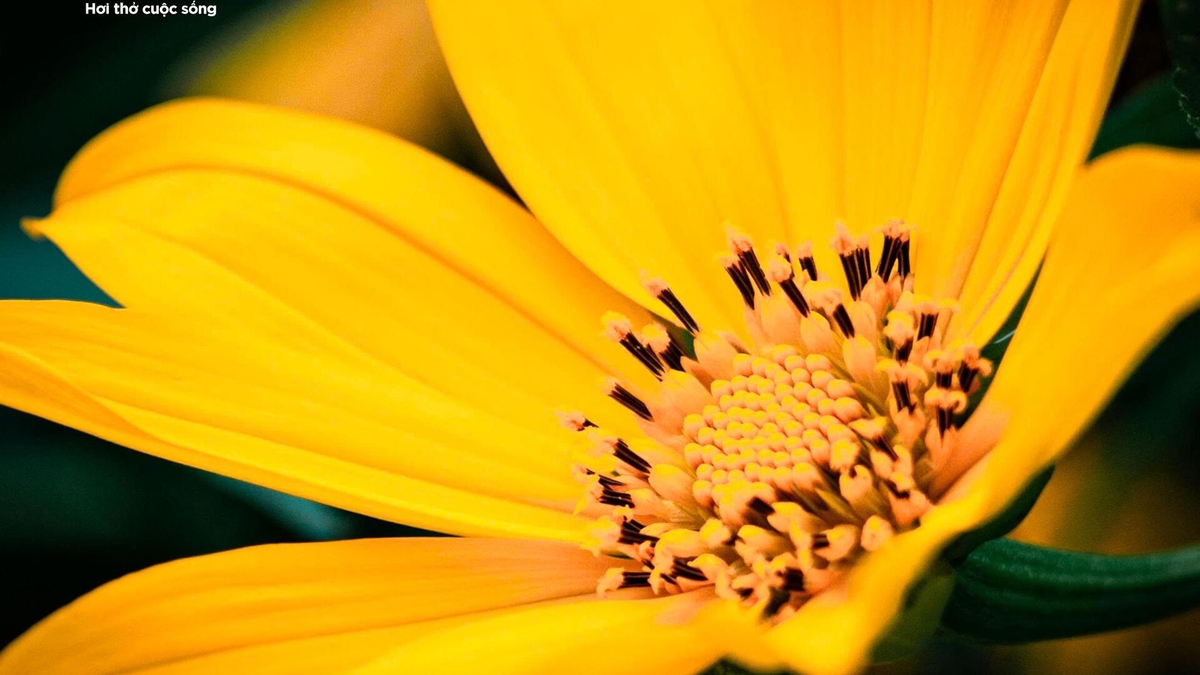




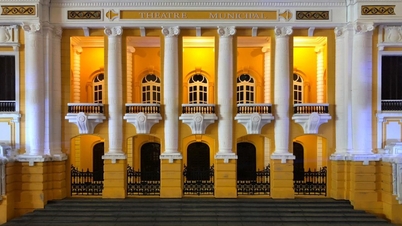

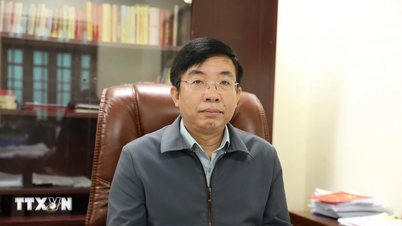





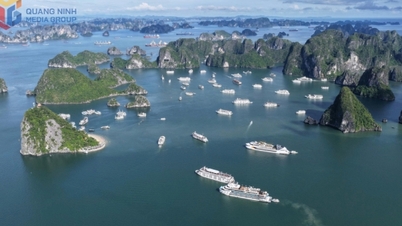

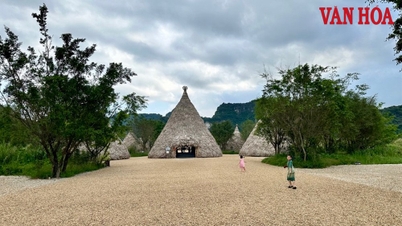
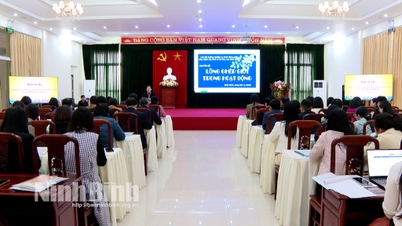

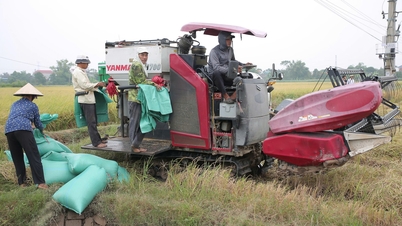
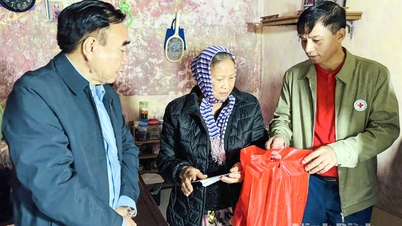
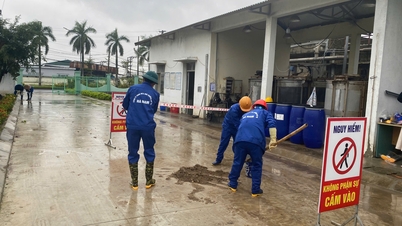

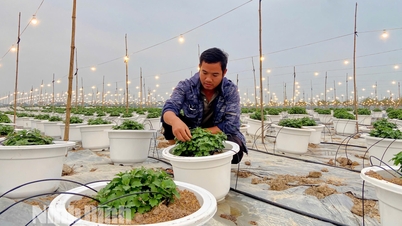
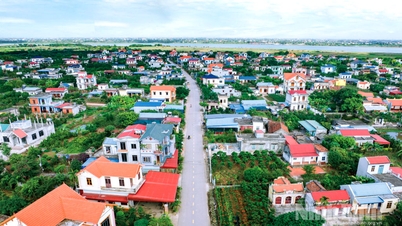




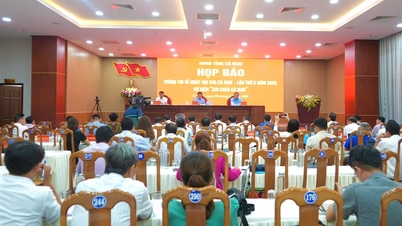
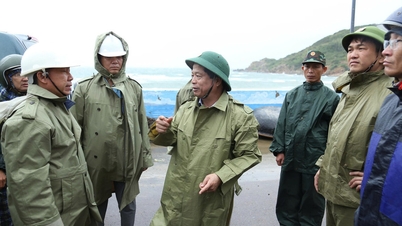

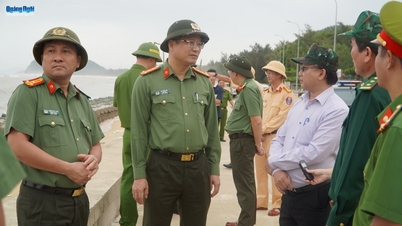
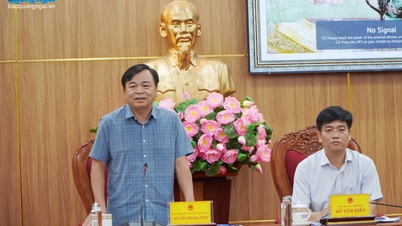

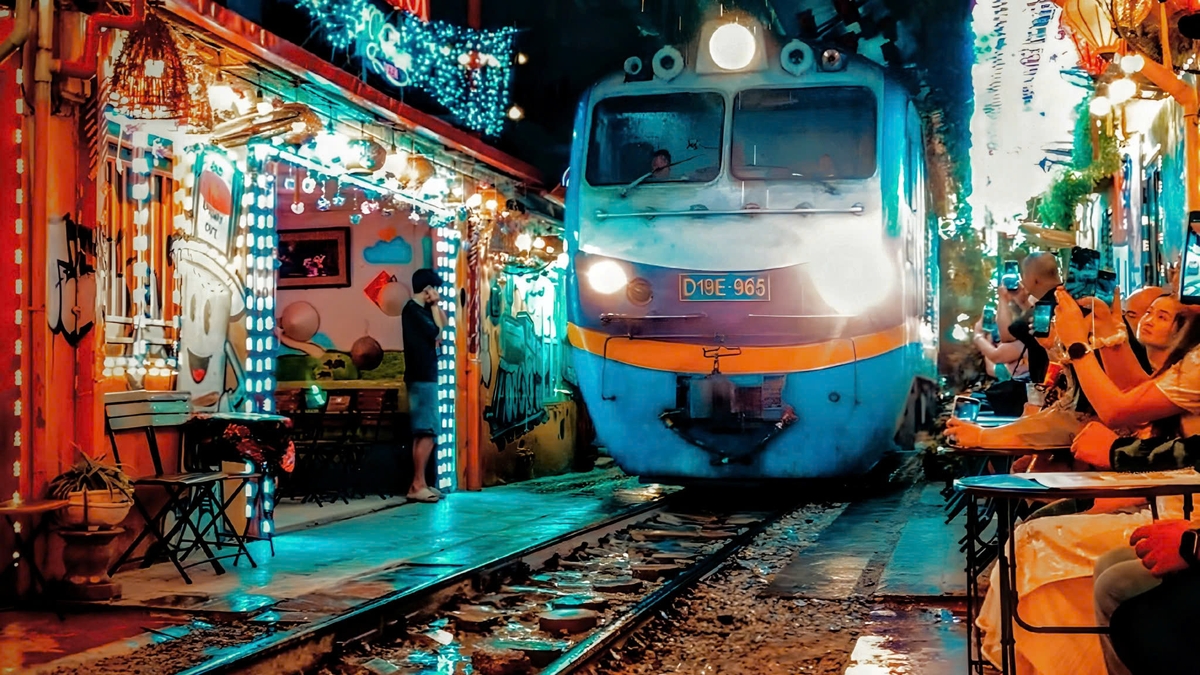

![[Photo] Opening of the 14th Conference of the 13th Party Central Committee](https://vphoto.vietnam.vn/thumb/1200x675/vietnam/resource/IMAGE/2025/11/05/1762310995216_a5-bnd-5742-5255-jpg.webp)
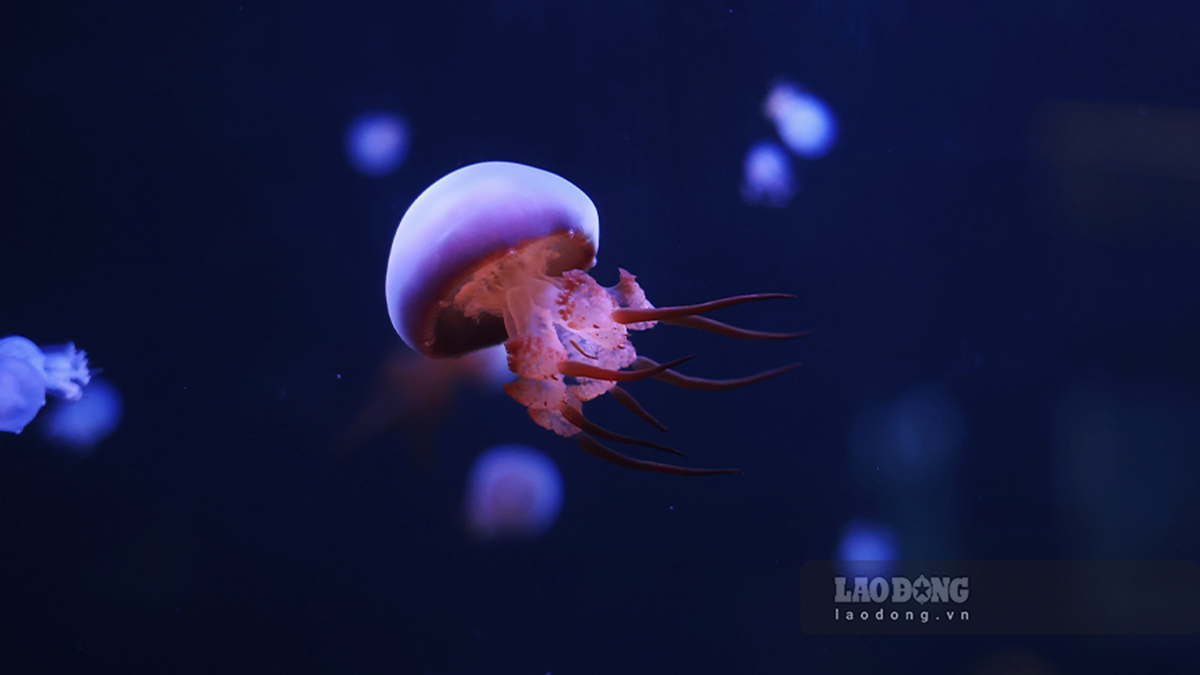

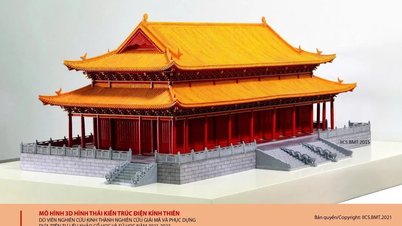




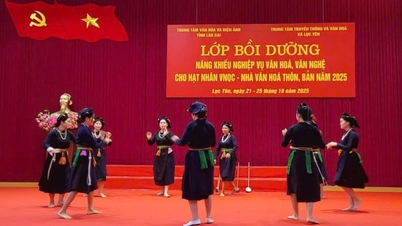



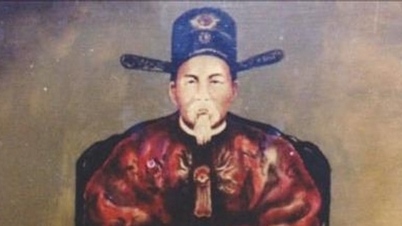






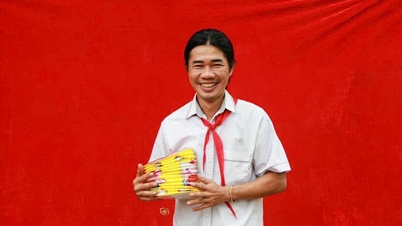

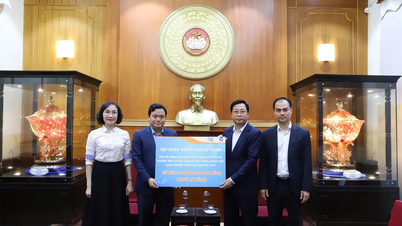

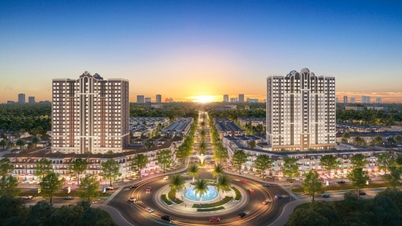
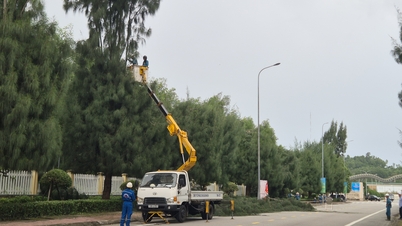




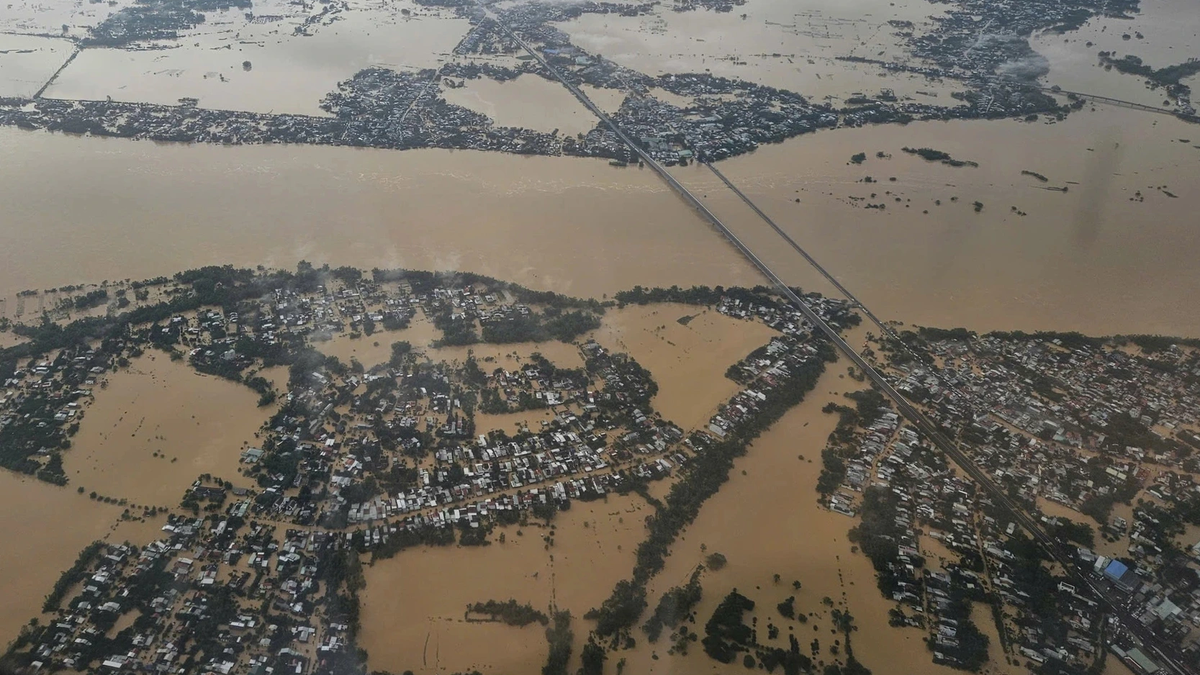


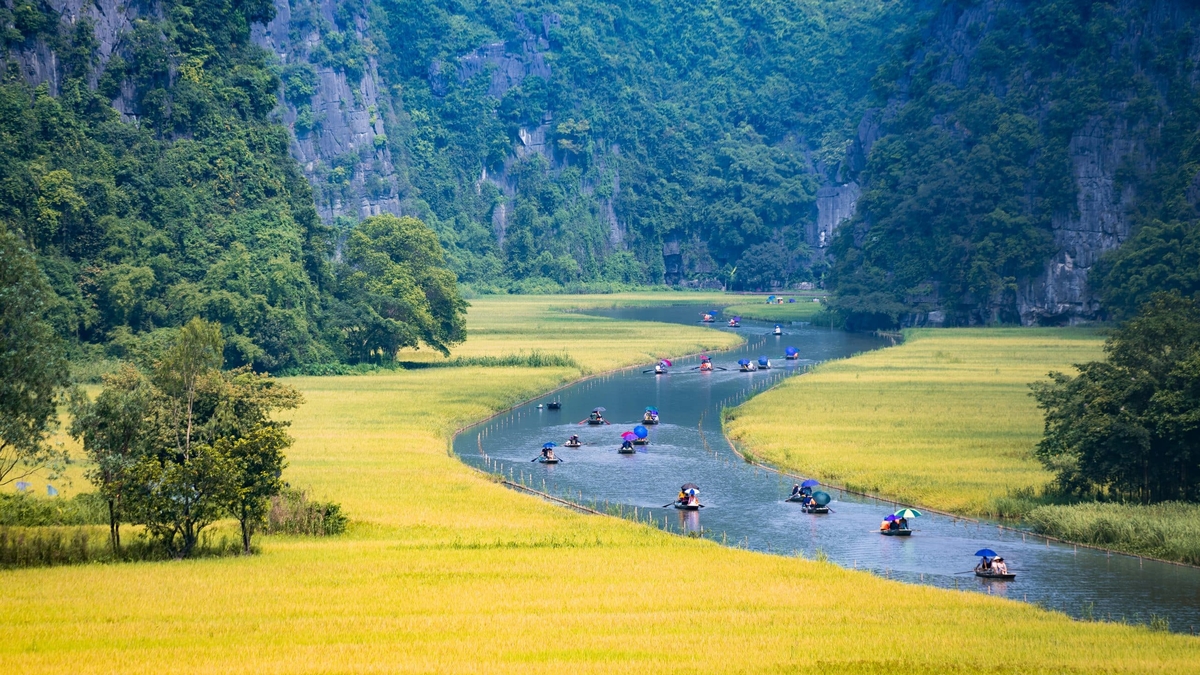
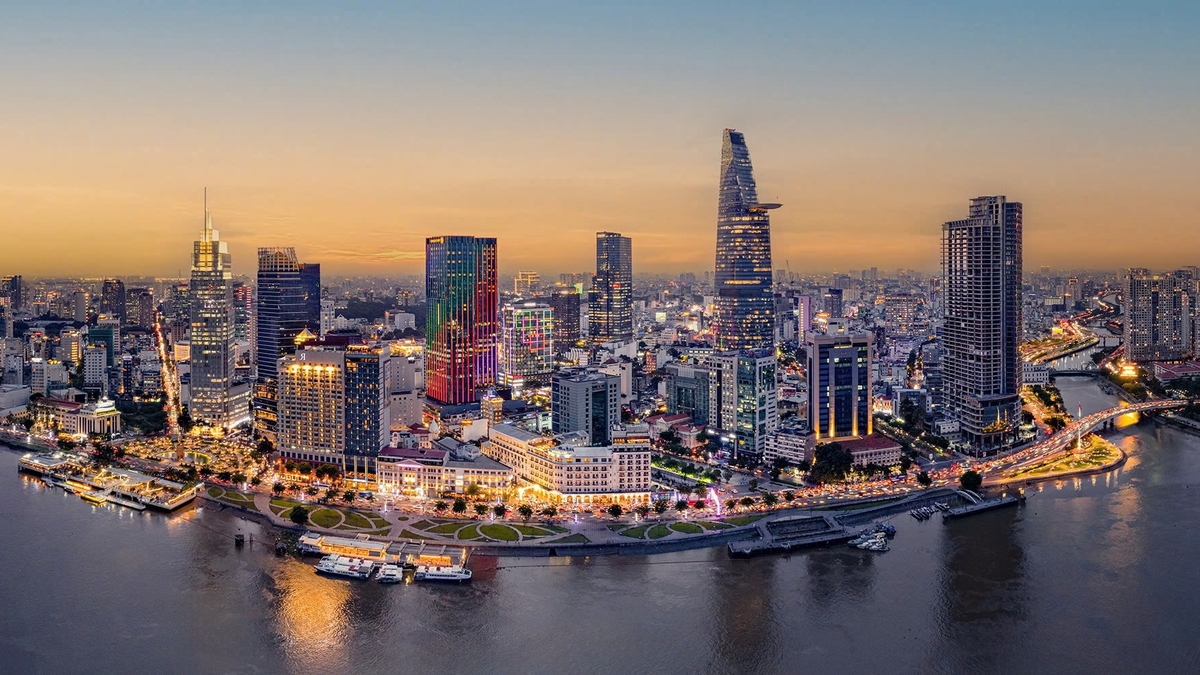
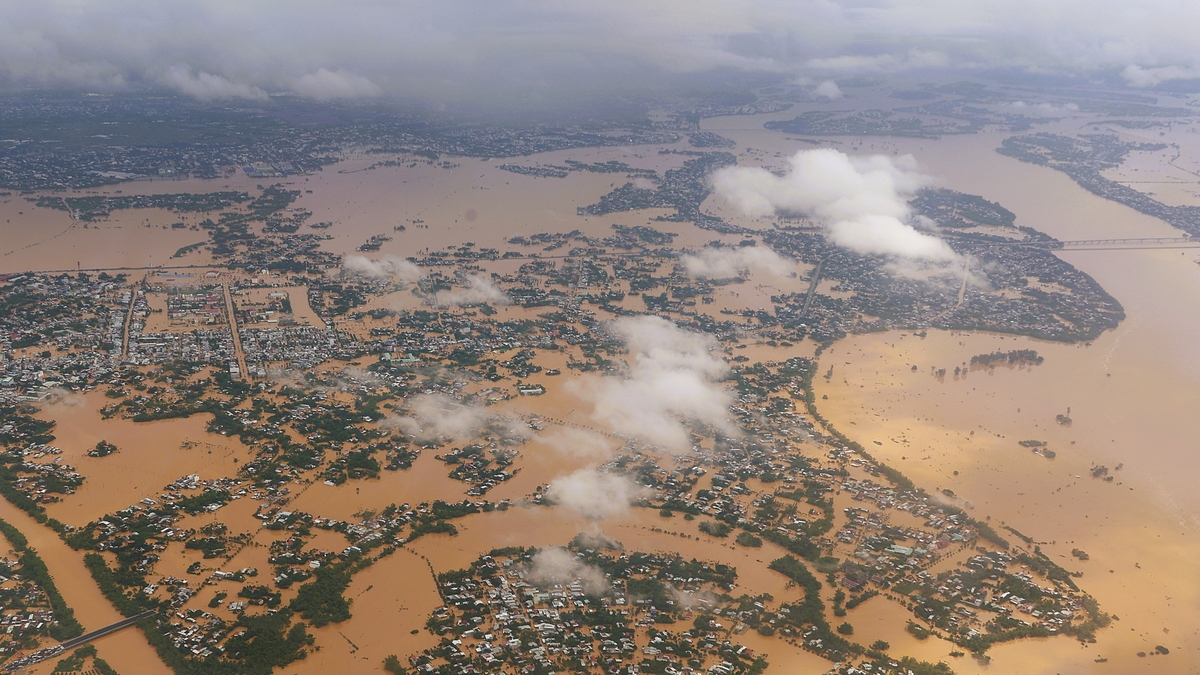


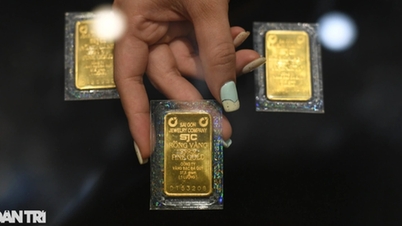


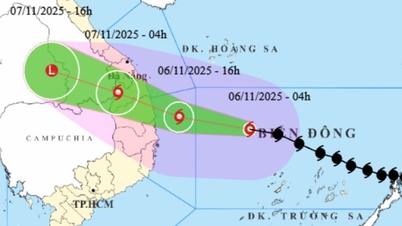



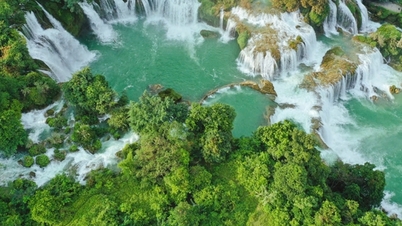




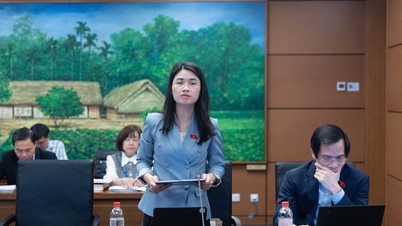

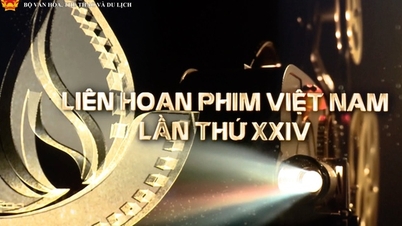


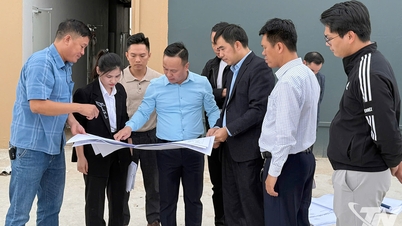



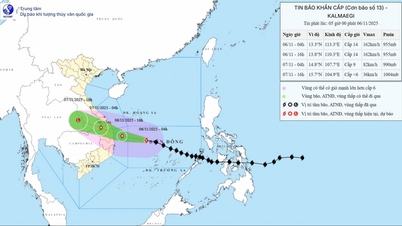

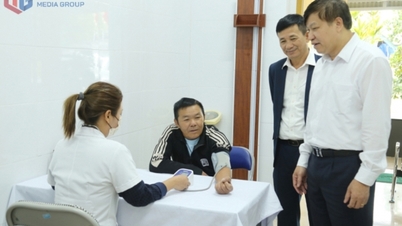

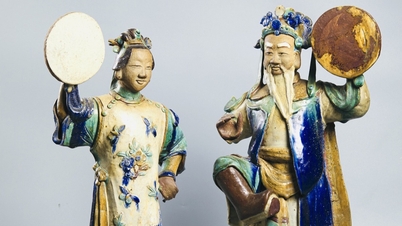



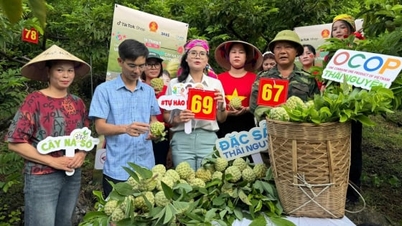









Comment (0)